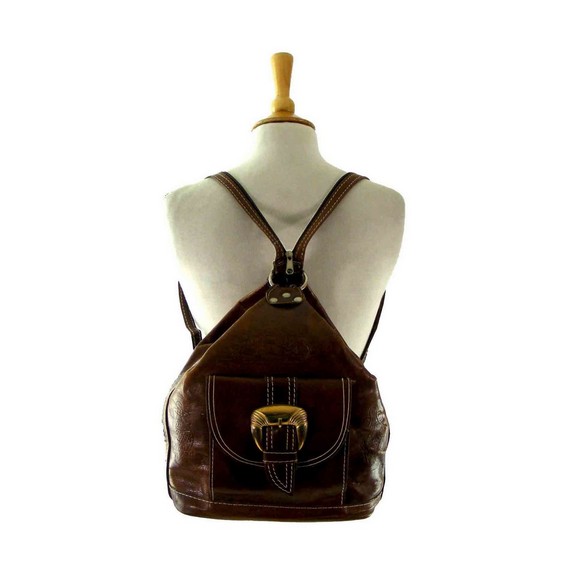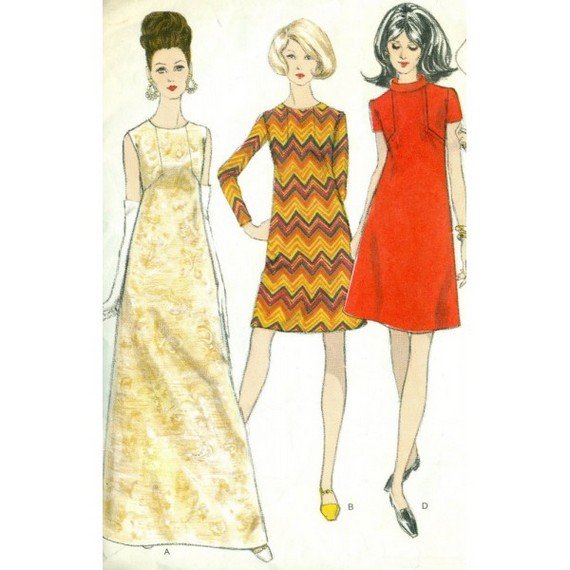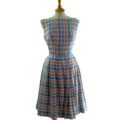So, how to tell what’s the difference between vintage and retro?
August 3, 2018Sometimes, even when you look right at a piece of clothing on display, it’s hard for even the savviest amongst us to tell what’s the difference between vintage and retro!
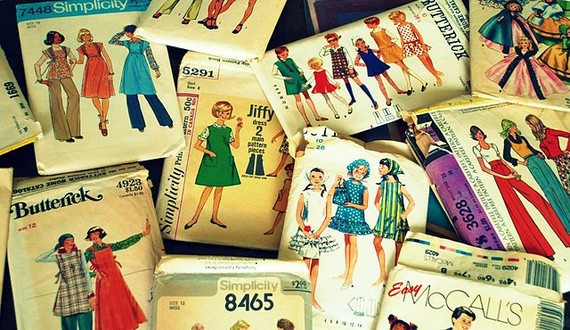
Vintage Dresses sewing patterns
But in the fashion industry, there’s a definite line that separates a vintage dress from items that are classified as retro clothing. We’ll delve into the nuances of those differences, and hopefully once you’ve read through the entire post, you’ll have no problem telling the difference between retro and vintage.
Splitting hairs…or is it?
If we really want to split hairs, then the term “retro” can be used to identify a vintage item or, in yet another context, you could use that same term to describe vintage clothing too. Confused? Well, just read on a bit more and we’ll get down into the nitty-gritty and explain what’s the difference between vintage and retro.
Technically speaking, to understand the difference between vintage and the parallel phrase “retro”, we need to take a brief journey back in time. That’s because, while both terms refer to “old” clothing, it is the relative time period being considered that matters. And to understand the importance that time plays in determining what’s the difference between vintage and retro, lets first explain a few terms:
The nitty-gritty of what’s the difference between vintage and retro
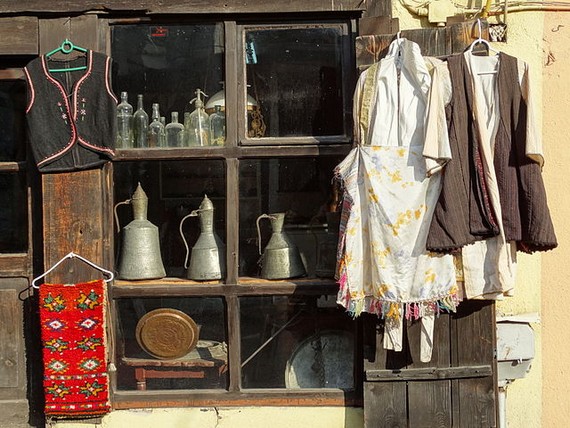
Outside of Antique Shop – Old Town – Skopje – Macedonia.
By Adam Jones, Ph.D. [CC BY-SA 3.0], from Wikimedia Commons
- Antique: Technically speaking, anything from a period of time that’s 100 years or more, falls in the realm of antiques. In all likelihood, that’s because they are “antiquated” – meaning out-dated or hard to re-create. Antique clothes are therefore very rare and hard to find, and because of that, they are truly valued
- Vintage: Unlike antiques, which are a century or older, a vintage item is usually classified as anything that’s 20 years or older. To be vintage, the generation that calls it “vintage” should have a distinct memory of what that item of clothing is. So, while you might not remember what types of robes or dresses women wore 100 years ago, it’s very likely you’ll recall what the rave was in the late 1990s.
- True Vintage: Next, to appreciate what’s the difference between vintage and retro, we need to briefly touch upon yet another term that’s commonly used to denote a time period when clothes were fashionable – “true vintage”. This is a term that’s often used to identify anything that’s less than a century or more old, but which is definitely over 20 years The cut-off that most experts apply to describe such items is 50 years.
So, now that we’ve got our timelines straight, it’s time for us to understand the difference between vintage and other period fashion, like retro clothing.
Difference between vintage and retro – The big reveal
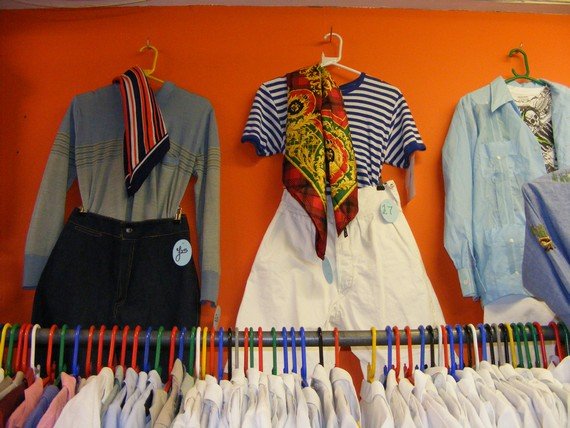
Retro online stores
The truth about these terms is that, while “vintage”, “antique” and “true vintage” might be used to define a specific period of time, retro style really doesn’t have a specific time period associated with it. Still confuddled? Let me explain!
When you walk into a thrift store looking for anything considered vintage, the store attendant will point you to clothing that’s 20+ years (though not 100 years) old. And if you were a “true vintage” vintage connoisseur, chances are that your guide will lead you even further back into the store, where you might find items from the mid to late-1960s or even the 50s.
On the other hand, if you ask her to show you her retro clothing collection, chances are she’ll point you to the same vintage dress you saw earlier. So then, what’s the difference between vintage and retro? Why not just ask for vintage and be done with it?
Well, technically speaking (again!), retro items don’t necessarily need to be from a specific time period – unlike antiques or vintage and true vintage items do. The main characteristic that an item of clothing needs to have, in order to be deemed “retro”, is that it should be from a period that’s not contemporary – that’s it!
Difference between vintage and retro – Old versus new
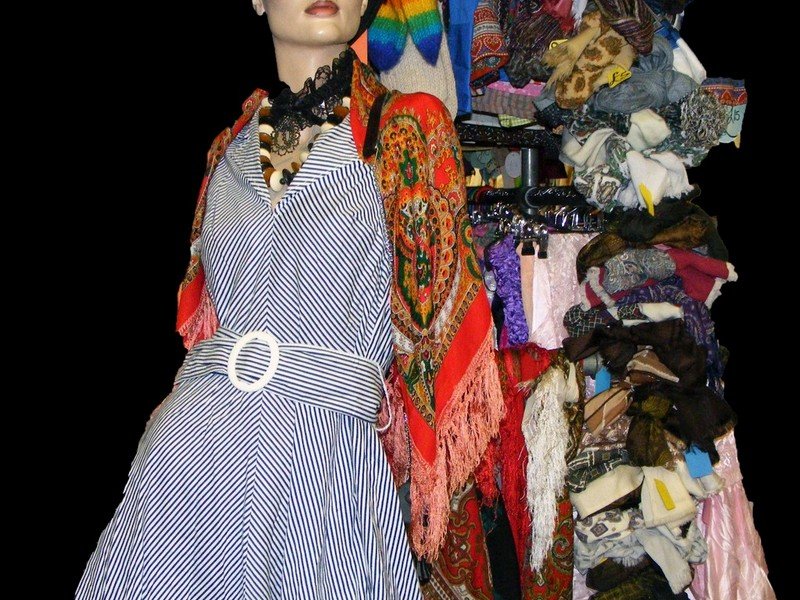
Blue17 vintage clothing mannequin clothing display
When you ask some people what’s the difference between vintage and retro, they’re likely to say “Vintage = really, really old, and retro is something not quite new, but still old, nonetheless”. While that definition does shed some light on the difference between vintage and retro, it doesn’t fully explain the subtleties between the two terms.
You see, even items that were designed yesterday, can easily fit the true definition of retro clothing. As long as something “looks” like it’s from a by-gone era, it is still retro. So, if someone like Marc Jacobs or Saint Laurent pulls together a collection of dresses that look like they are from the 80s or 90s, that would classify as retro style.
Why? Because, even though it is designed by a contemporary designer, because it’s made to look like something from an older era, it fits the definition of retro clothing!






